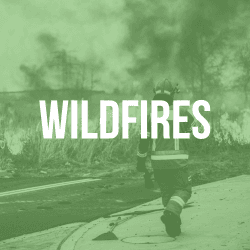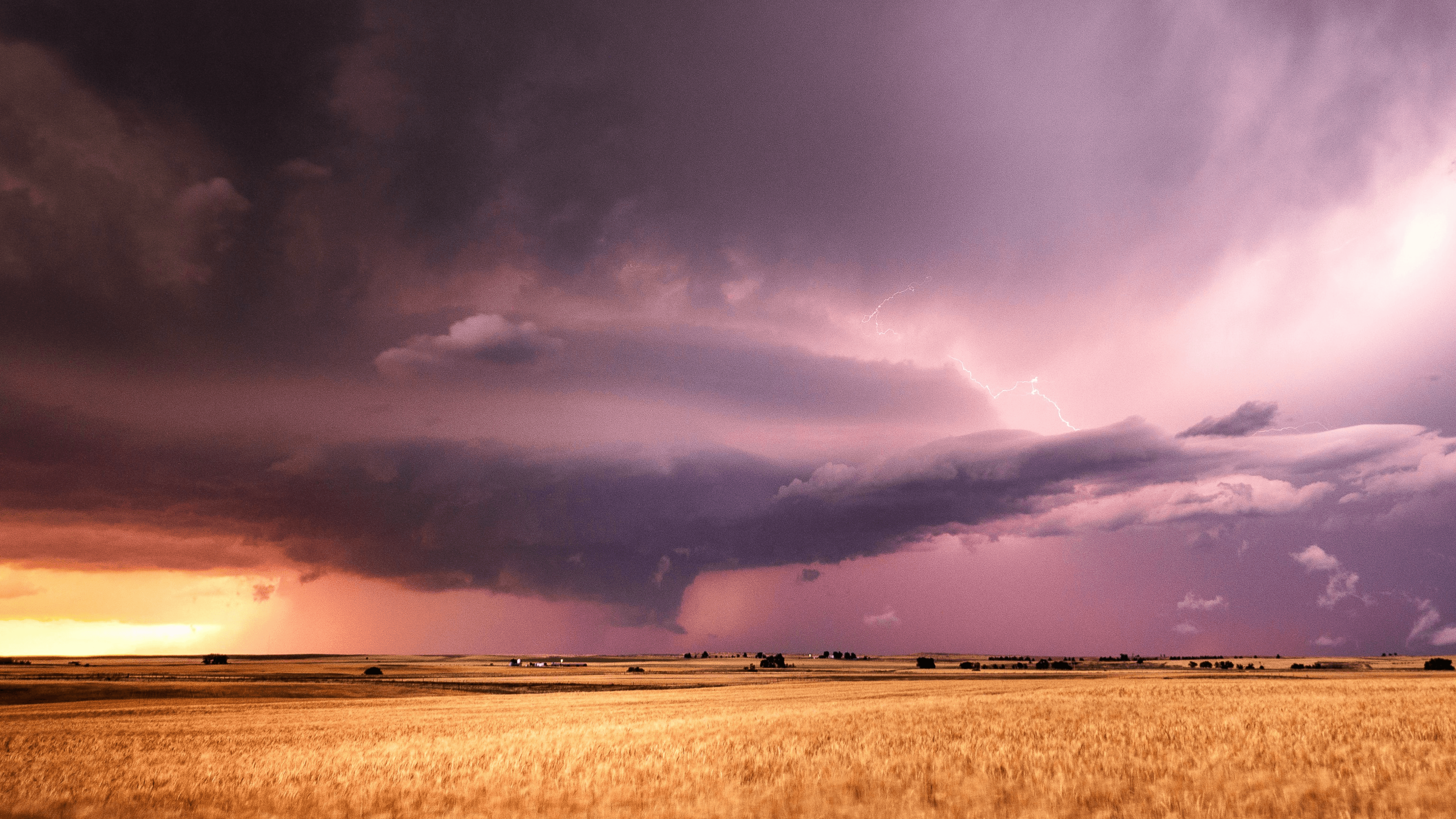
Like tornadoes, wildfires can be difficult to directly attribute to climate change, especially when the majority of wildfires are started by people. Nevertheless, as the Center for Climate and Energy Solutions notes, many of the factors that influence wildfire risk–such as temperature, soil moisture, and the presence of potential fuel like trees and shrubs–all “have strong direct or indirect ties to climate variability and climate change.” As a result, hotter, drier conditions and extended droughts are lengthening wildfire seasons and increasing the risk of damage to homes and infrastructure and habitat loss. With this tool from Climate Central you can view graphs that illustrate the change in annual fire weather days in specific locations across the U.S.
A recent study published in Nature Ecology & Evolution analyzing 21 years of data indicates that extreme wildfires have more than doubled in frequency and intensity over the past two decades. These fires have the potential to affect millions of people beyond direct burn areas through poor air quality and particulate matter caused by smoke traveling across state and national borders.
You can learn more about wildfire risks and adaptation in Climate Central’s 2023 Report: Wildfire Weather: Analyzing the 50-year shift across America.

